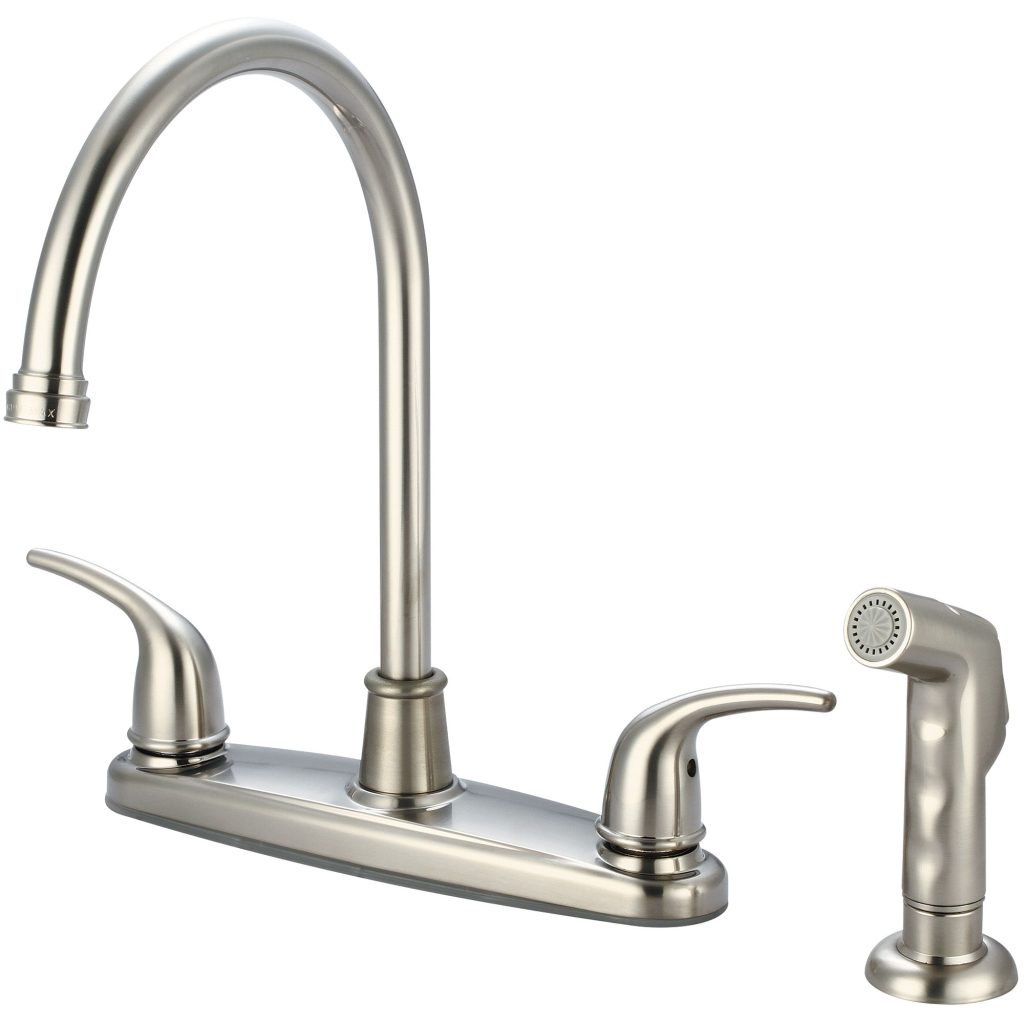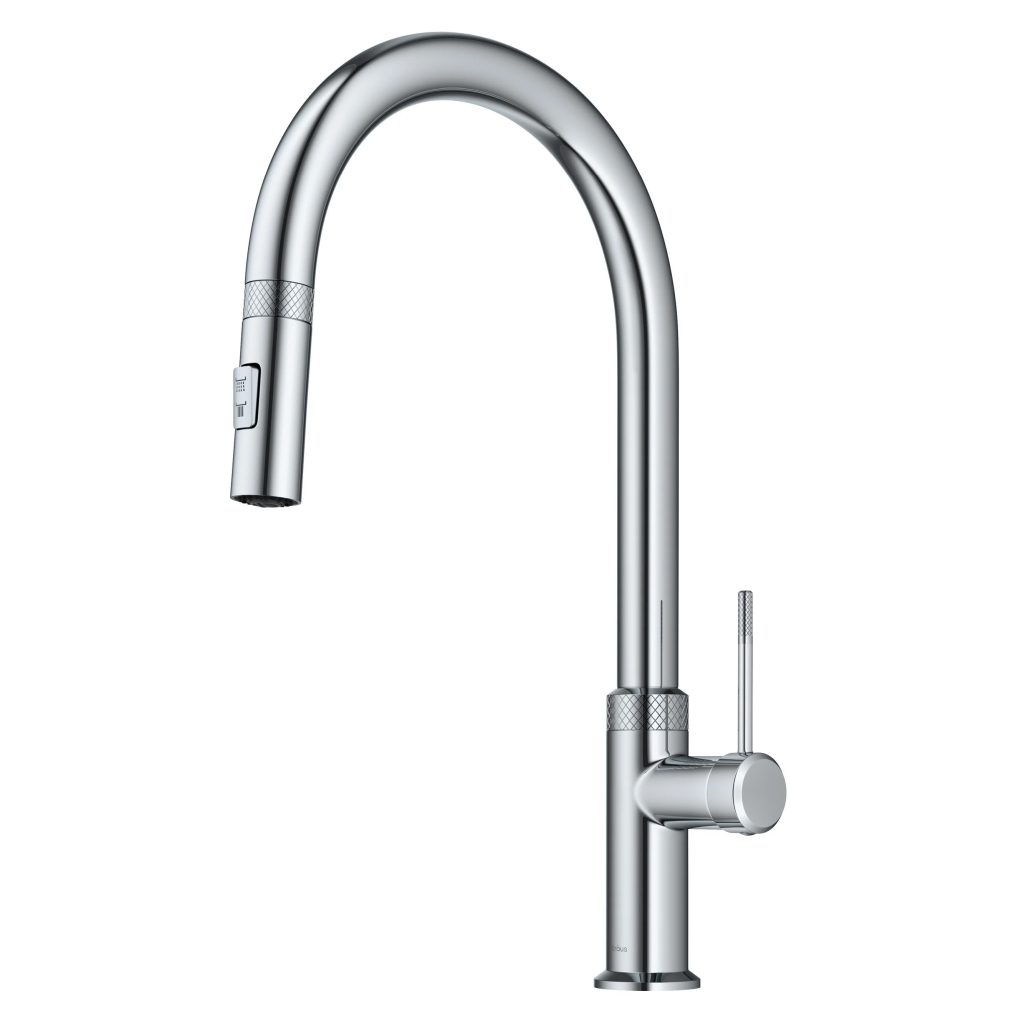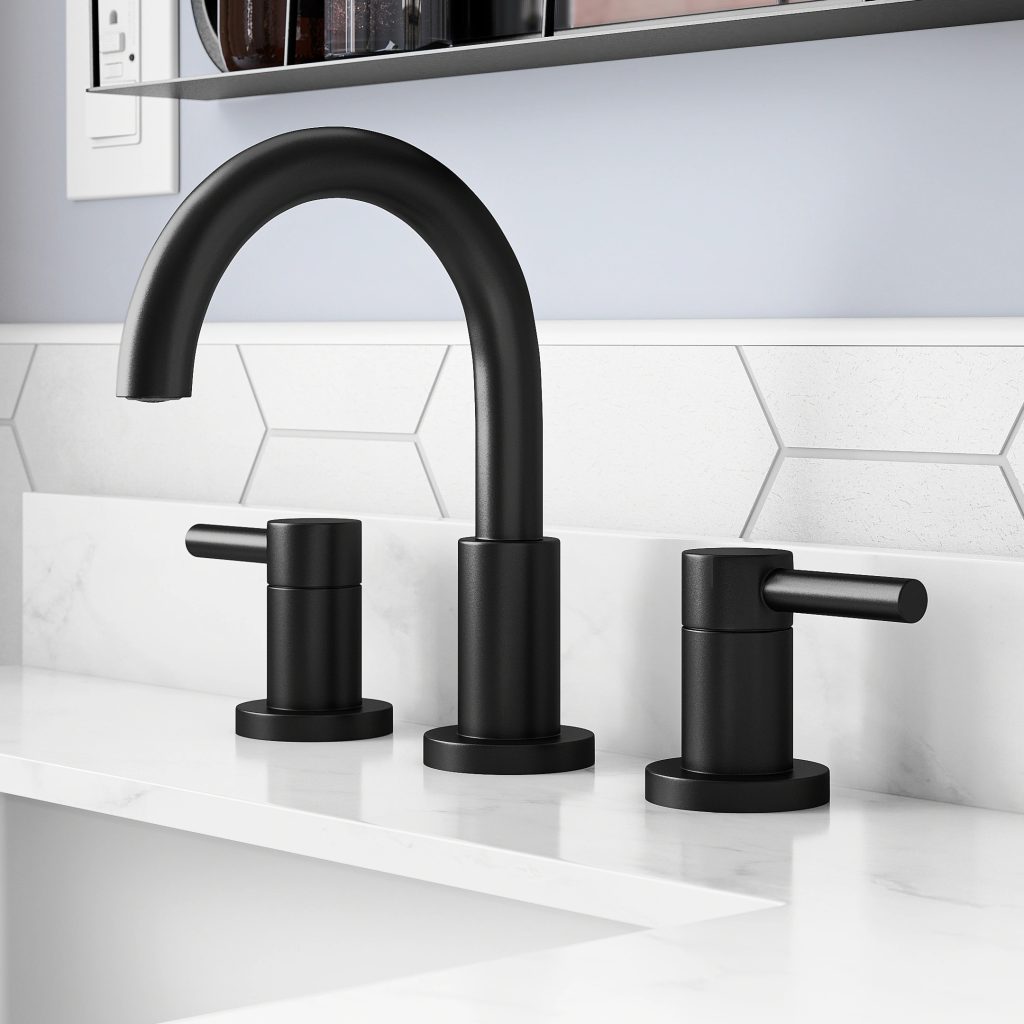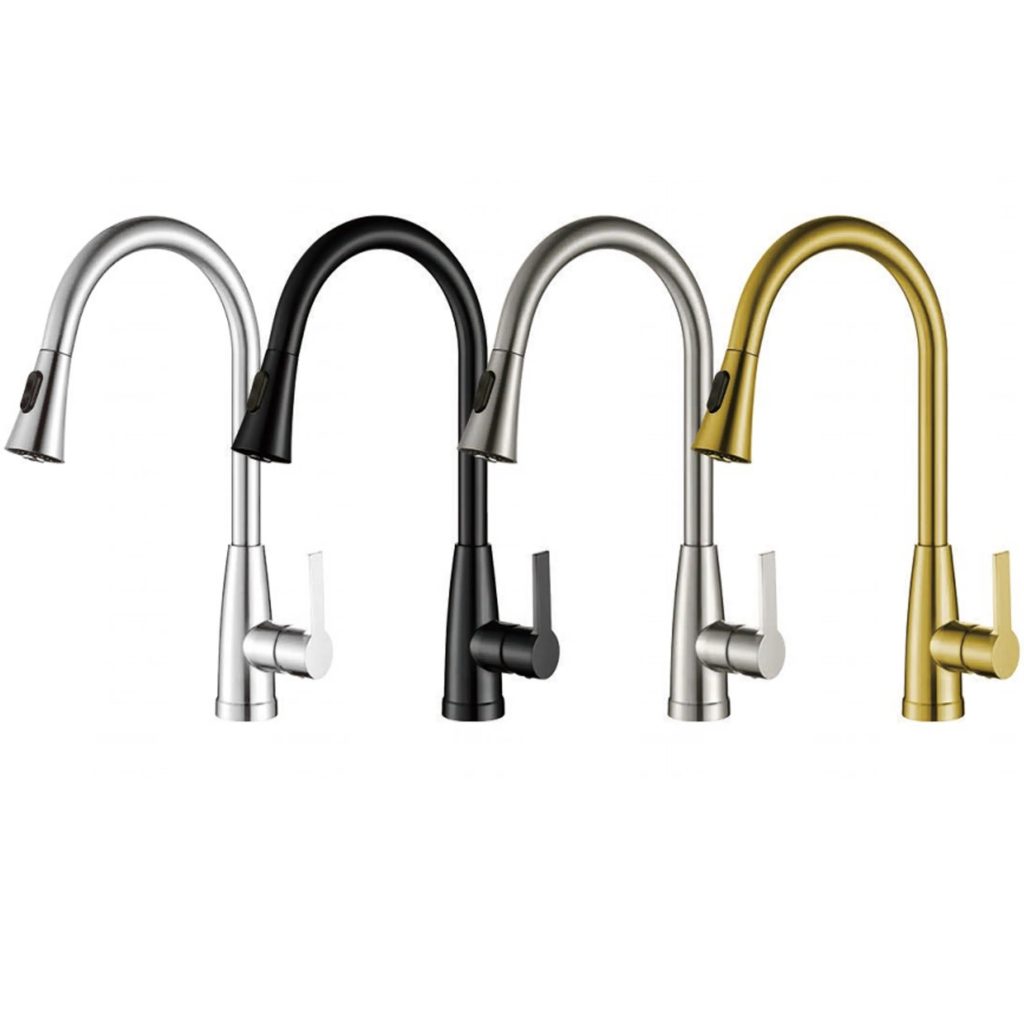The Science Behind Frozen Pipes
Why do leaving faucets dripping? It all starts with the unique properties of water. When water freezes, it expands. This expansion exerts tremendous pressure on any container holding it, including metal or plastic pipes. Usually, pipes are strong enough to handle water flow. But when water turns to ice, pressure can spike. This pressure can crack or burst pipes. Imagine the repair costs and the mess!

How Dripping Faucets Can Help
Letting your faucets drip is a simple yet effective tactic against frozen pipes. It’s about keeping water moving. Flowing water has a harder time freezing compared to stagnant water. Leaving faucets dripping slightly can prevent ice blockages. This keeps your pipes under less stress, averting potential cracks or bursts.
Even a small, steady drip can make a big difference. The constant movement of water through the pipes stops pressure from mounting up. Pressure is your main enemy here — it’s what causes pipes to burst. With a constant drip, you’re giving the water space to expand without breaking its confines.
Therefore, during cold snaps, remember to keep a trickle of water running. It’s a small action that can lead to big savings on repair bills. Think of it as an insurance policy for your pipes. A small water expense now can save you a hefty plumber bill later.
Using this strategy correctly is vital. It’s not about letting your faucet run at full speed. That could waste a lot of water and increase your bill without added benefits. The right amount of dripping is just enough to keep the water in motion. This guide will explain the sweet spot of dripping faucets in a later section.
The Right Way to Let Faucets Drip
It’s crucial to know how to correctly let your faucets drip. Use the following steps to ensure effective protection:
- Find the Sweet Spot: You don’t need a full stream, just a steady drip. Aim for about five drips per minute. This rate keeps water moving without wasting it.
- Select the Right Faucets: Choose faucets that are on an exterior wall, as these are more prone to freezing. If that’s not clear, select the ones farthest from where water enters your home.
- Monitor the Temperature: Start dripping the faucets when the temperature forecast is to hit freezing points. Keep an eye on the weather updates.
- Use Both Hot and Cold Taps: If possible, let both your hot and cold taps drip. This helps protect both sides of your plumbing system from freezing.
- Check the Faucets Regularly: Make sure that the faucets are dripping correctly and adjust if needed. A clogged aerator could halt dripping, so clean them if necessary.
By leaving faucets dripping in this careful way, you maintain a balance. You protect your pipes from freezing and avoid excessive water use. Follow these steps to navigate cold spells with confidence and avoid costly repairs.

When to Start and Stop Leaving Faucets Dripping
Timing is key when it comes to leaving faucets dripping. Start as the mercury dips to freezing or below. Keep an eye on the weather forecast. When it predicts freezing temperatures, that’s your cue. Leave faucets dripping to prevent ice from forming. Don’t wait for it to feel too cold. Pipes can freeze before the harshest temperatures hit. Begin the dripping process on the eve of a cold snap. This pre-emptive action can save your pipes.
Once temperatures rise, stop the dripping. This usually means when it stays above freezing both day and night. Some may advise waiting until the temperature is a few degrees warmer for an extended period. This ensures that the ground, where pipes often run, has also warmed up. Saving water is as important as preventing frozen pipes. So when there’s no longer a freeze risk, revert to normal faucet use.
Remember to consider wind chill too. It can drive the effective temperature down faster than the air warms up. So, keep faucets dripping if winds are strong and cold, even if the air temperature appears safe.
Which Faucets to Leave Dripping
Choosing the right faucets to leave dripping is essential in preventing pipe damage. Focus on faucets in areas where pipes are most at risk. Here’s how to decide:
- Identify Vulnerable Pipes: Look for pipes along exterior walls or in uninsulated spaces.
- Consider the Faucets’ Location: Faucets farther from the main water supply need more attention. They tend to freeze first.
- Prioritize Higher Floors: Heat rises. Lower floors stay warmer. Leave upper floor faucets dripping first.
- Include Outdoor Spigots: Don’t forget to lightly run outdoor faucets too. They’re directly exposed to the cold.
- Pick a Sink Near a Plumbing Run: If unsure, choose a sink central to your home’s plumbing layout.
Using these steps will guide you in safeguarding your home during freezing weather. Select the proper faucets by evaluating their position and potential exposure. By doing so, you maintain the right balance between protection and water conservation. Regular checks and adjustments, as outlined previously, are necessary to ensure the strategy remains effective.
The Pros and Cons of Leaving Faucets Dripping
As with any home maintenance tactic, leaving faucets dripping comes with its upsides and downsides. Knowing them can guide you to make informed decisions during the cold season.
Pros:
- Prevents Pipe Bursts: The main advantage is the prevention of frozen pipes and the damage they cause.
- Simple to Implement: No need for complex equipment or procedures. Just let the faucet drip.
- Cost-Effective: Small water costs now may prevent heavy plumber fees later.
- Retains Water Service: If pipes freeze, you may lose access to water. Dripping faucets help avoid this.
- Gives Peace of Mind: Knowing you’re proactively protecting your home gives comfort during freezing times.
Cons:
- Water Waste: Even small drips can add up over time, potentially wasting water.
- Requires Attention: You must monitor faucets to ensure they’re dripping correctly.
- May Not Be Fullproof: In extreme cold, dripping faucets might not be enough to prevent freezing.
- Can Lead to Higher Bills: Water charges increase slightly due to the continuous dripping.
- Needs Management: It’s essential to know when to start and stop dripping faucets.
While the benefits of leaving faucets dripping during freezing weather are clear, it’s vital to consider the possible drawbacks. The slight increase in water usage and need for ongoing management are trade-offs for the method’s effectiveness.

Alternative Methods to Prevent Pipe Damage
While leaving faucets dripping is a popular method to prevent frozen pipes, it’s not the only option. There are alternative strategies to shield your plumbing from the cold. Here are some effective methods to protect your pipes from freezing temperatures:
- Insulate Your Pipes: Wrap pipes in foam insulation. This keeps warmth in and cold out.
- Use Pipe Heating Cables: Electric heat tapes or cables warm pipes prone to freezing.
- Seal Leaks: Fix any gaps where cold air might enter. Check windows, doors, and foundation.
- Keep Cabinet Doors Open: This lets warm air circulate around pipes under sinks.
- Maintain a Steady Thermostat: Keep your home temperature consistent day and night.
- Drain Outdoor Lines: Remove water from outdoor hoses and shut off exterior valves.
By combining these tactics with dripping faucets, your pipes have the best chance to withstand the freeze. And remember, the key is preparedness. Implement these measures before the cold arrives for full-effect protection.
What to Do If a Pipe Freezes Anyway
Despite best efforts to prevent frozen pipes by leaving faucets dripping, sometimes pipes freeze anyway. It’s critical to act promptly to minimize damage. Here’s what you can do:
- Open the Faucet: Start by slightly opening the frozen pipe’s faucet. This allows thawed water to flow and relieve pressure.
- Apply Gentle Heat: Use a hair dryer, heat lamp, or electric heating pad wrapped around the pipe. Avoid open flames.
- Start from the Faucet: Apply heat near the faucet and move down the pipe. This method thaws the ice in the direction of flow.
- Keep the Doors Open: If the frozen pipe is under a sink, open cabinet doors. This lets warmer air circulate around the pipe.
- Check Other Pipes: After fixing one, check other pipes to catch any other freezes early.
Knowing what to do if a pipe freezes can limit damage and restore your water service more quickly. Always handle frozen pipes with care. Remember to protect yourself from potential leaks and electrical hazards when applying heat. If in doubt, seek professional help. Acting quickly can save you from more severe complications.

